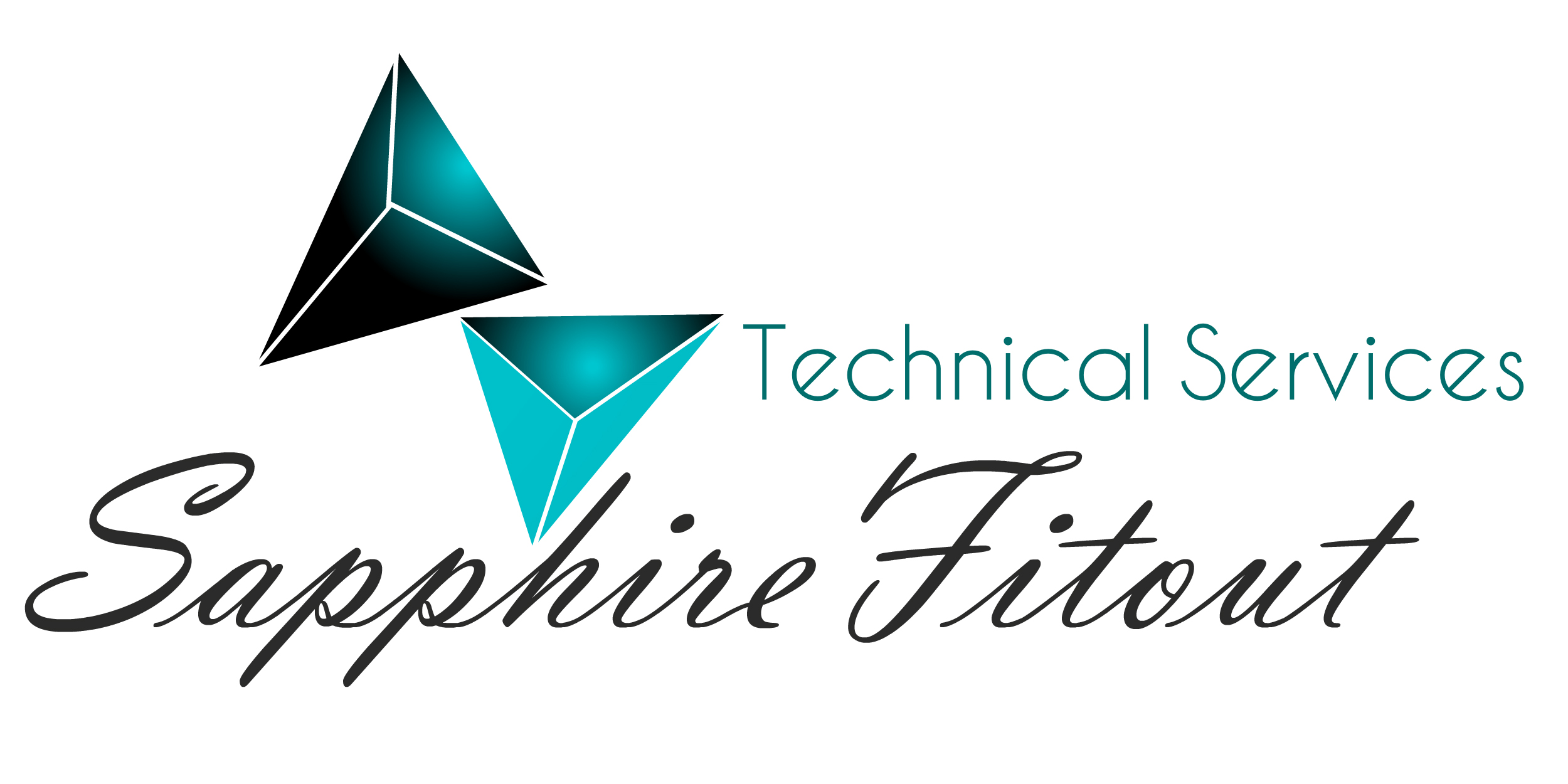If stakeholders feel that their input is being considered in the project and feel they have been heard, they are more likely to to support the project. This requires constant communication and ensuring everyone has the information they need whenever they require it via various channels.
The frequency of communication must be tailored to each stakeholder group. CEOs, for instance are more focused on the long-term future of their company or strategic useful content https://dataroomgame.com/data-room-provider-for-dynamic-working-processes/ alignment, whereas teams may place a higher emphasis on efficiency gains. It is crucial to tailor content to the needs of the audience using non-technical language, and using non-technical terms for those with less technical backgrounds.
Information is essential in your efforts to speed up your progress. Email, meetings, project reports, and others are all part of this. Email is a very customizable and flexible tool that can be used to provide project updates, news, photos, budget updates, contact information, next steps, top-level projects plans and more. It can also be used to collect feedback through online engagement tools and surveys.
Meetings are a great way to communicate and discuss issues, questions and concerns with your stakeholders. They can be scheduled on a daily, weekly or monthly basis and are a great method to inform stakeholders in person. It is also a great way to ensure that everyone is on board with your plan and discuss possible issues. Meetings can be recorded and shared with those who may not attend or who need to reference a specific meeting. The summary of the project is a common tool used to communicate information to the stakeholders. This can be a simple document that can include all the relevant details or a more comprehensive report tailored to each stakeholder.




